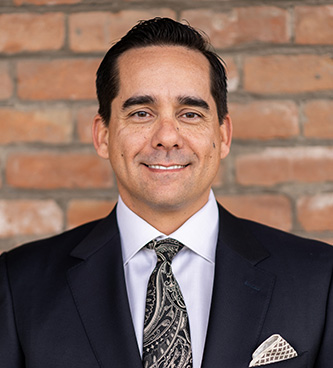In early October of this year, a man from Florida made a trip to his local Tesla dealership to ask the specifics on how to operate his Model S’s autopilot feature. Tesla sales representatives told him it required “minimal user oversight” and that all he needed to do is occasionally place his hand on the steering wheel and the car would do everything else. Later that month he was driving his Tesla Model S for his usual two-hour commute to work and decided to use the autopilot feature so he could relax during his ride. He was traveling down the Florida Turnpike at about 80mph, and before he knew it, he was crashing into an abandoned Ford Fiesta. The vehicle gave him no warning of the stationary car ahead of him, nor did it slow down or veer away from it. Not only was the front end of his $120,000 car destroyed, but this crash left him with various permanent injuries, which led him to file a lawsuit against the car company.
This Floridian’s terrifying experience was not the first. There have been two other reports of the malfunctioning Model S, due to its inability to recognize immobile vehicles and objects while in autopilot mode. A similar incident occurred when a Utah woman rear-ended a fire truck that had stopped for traffic. The most devastating report was out of California, when the driver’s vehicle- unable to accurately detect its surroundings- fatally crashed into a concrete lane divider on autopilot at full speed.
Multiple lawsuits have been filed against the car company since these malfunctions occurred. However, Tesla stands by their belief that the autopilot feature is, in fact, sufficient and any accidents that have occurred must have been due to a separate problem, most likely human error. The Tesla spokesman, who chose to remain unnamed, stated, “it’s the driver’s responsibility to remain attentive to their surroundings and in control of the vehicle at all times.”
Tesla also defends the vehicle on the grounds that the owner manual for the Model S states that engaging the autopilot feature at speeds over 50mph could potentially pose problems. While this may be useful information to ensure their drivers’ safety, they have advertised their vehicles otherwise. On the Model S’s webpage, it is advertised to seem that it needs no human assistance whatsoever; the web page for the Model S even states, “All Tesla vehicles produced in our factory have the hardware needed for full self-driving capability at a safety level substantially greater than that of a human driver.” The two lawsuits filed against the company are on the grounds that Tesla falsely advertised their product and that Tesla is liable for the malfunctions.
There is no data proving whether the autopilot feature is safer than human drivers. Additionally, recent studies have shown self-driving systems like the one found in the Model S are simply not meant to detect stationary objects and will need major technological developments to do so. This leaves us with the questions of whether or not the vehicle was ready to be put on the market, and why Tesla chose to advertise a feature that was not guaranteed to be safe.
As always, if you or your loved one have been injured due to someone else’s negligence, do not hesitate to call us at (602) 726-0747 to see how we can help you receive the compensation you deserve.

John Torgenson is a highly experienced personal injury lawyer with over 20 years of practice in Arizona. He earned his Bachelor’s degree from the University of Utah and his Juris Doctor from Notre Dame. John has a proven track record of securing substantial verdicts and settlements, including an $8.25 million recovery for a gunshot injury victim. His expertise has earned him AVVO ratings and recognition as a Super Lawyer.
John is also a sought-after lecturer on personal injury law, sharing his extensive knowledge with peers and aspiring attorneys. Beyond his legal practice, John is an avid golfer and actively supports organizations like the Military Assistance Mission, Arizona School for the Arts, Page Balloon Regatta, University of Arizona Foundation, Junior Achievement of Arizona, and the Tim Huff Pro Bono Golf Classic.
Passionate about advocating for injury victims, John dedicates his career to battling insurance companies and corporate interests, ensuring that the rights of those who are hurt are vigorously defended.
